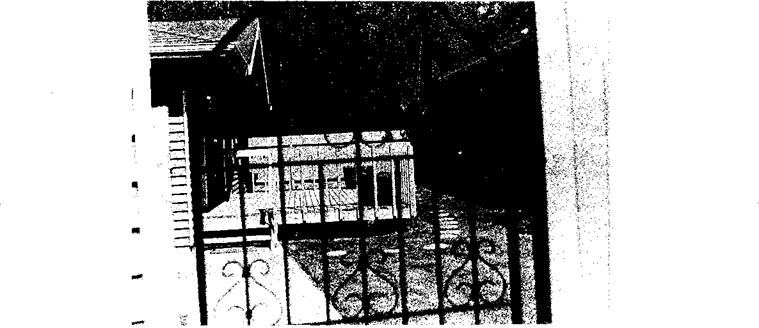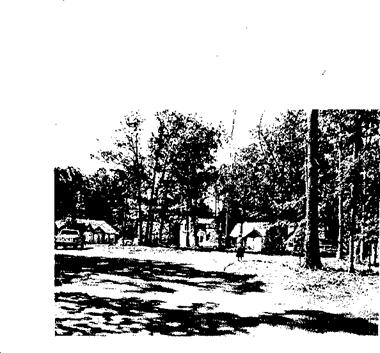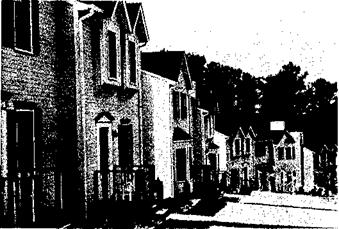LAND DEVELOPMENT
Site planning and land development represent major areas of potential cost reduction for most builder/developers. These costs often increase in direct proportion to the complexity of local regulations, zoning requirements, and levels of required standards.
It is widely recognized that:
• One of the most rapidly increasing components of housing cost is the cost of land.
• Local governments have most of the control over land availability and use.
Land prices are sensitive to supply relative to demand. Where supply is limited and demand is heavy, the price of developable land rises rapidly. Local governments can affect the land supply for development by providing infrastructure, encouraging a balance between development and open space, allowing increased density through zoning, using surplus land, and examining its development-inhibiting regulatory structure. Of the major cost components of new housing—land, labor, materials, and capital — land cost is the most influenced by local government policies.
|
Attractive townhouse development |
Higher density development, a method of making more land available for residences, is a public necessity. A recent NAHB survey showed home buyers are more willing to sacrifice land than to sacrifice quality or space inside the house. Most buyers will accept a smaller than standard lot to buy a home they can afford.
The number of dwelling units per acre is the primary development standard that effects the life style, economics, and environmental considerations of a residential development. Important factors relating to density follow:
•  As net density increases, lot sizes become smaller and land needed for roads per housing unit decreases.
As net density increases, lot sizes become smaller and land needed for roads per housing unit decreases.
• Greater opportunities exist to preserve natural site features and open green space when lot sizes
. are decreased and houses clustered.
• Greater savings to the community, the builder/developer, and the home buyer can be achieved.
Most of the savings in development costs resulting from changes in development standards discussed in this manual can be attributed to

 increased density. Developers reported their biggest cost savings resulted from lower land and infrastructure improvement costs per unit due to the higher densities achieved by small lot development. Higher density allows land and improvement costs to be spread over a larger number of units. Reduced frontage and front yard setbacks allow for less pavement and sidewalk per unit, shorter utility runs, and reduced material costs. Wide streets and rights-of-way, although sometimes functionally justifiable, add to land development and, ultimately, housing costs.
increased density. Developers reported their biggest cost savings resulted from lower land and infrastructure improvement costs per unit due to the higher densities achieved by small lot development. Higher density allows land and improvement costs to be spread over a larger number of units. Reduced frontage and front yard setbacks allow for less pavement and sidewalk per unit, shorter utility runs, and reduced material costs. Wide streets and rights-of-way, although sometimes functionally justifiable, add to land development and, ultimately, housing costs.
This section will examine the major factors in planning and developing land for residential use:
• Site planning
• Streets
• Parking
• Sidewalks and walkways
• Curbs and gutters
• Storm drainage systems
• Sanitary sewers
• Water supply
• Utilities/Utility easements







Leave a reply